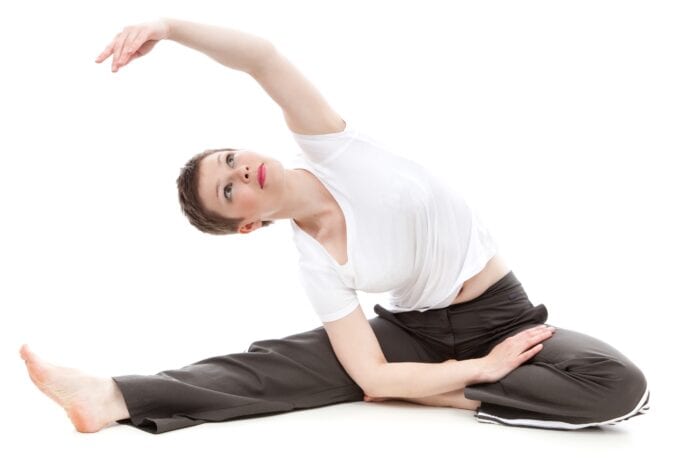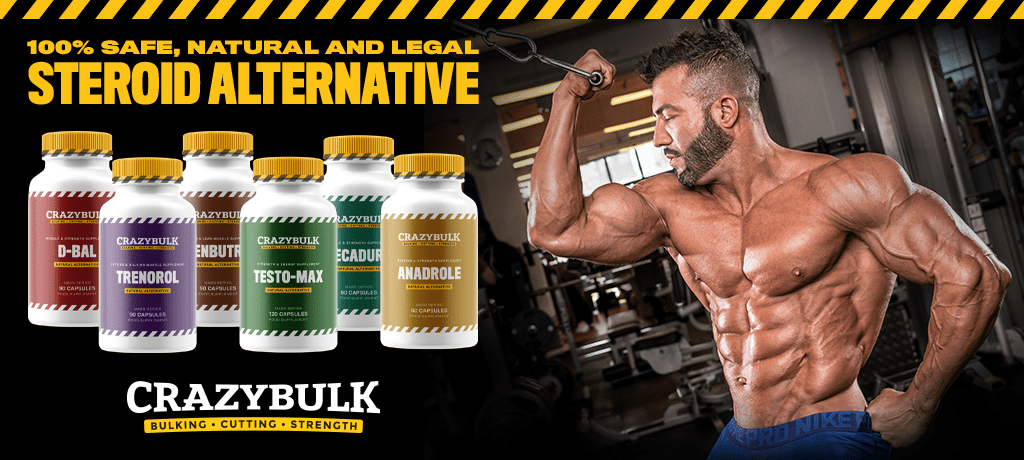We decided to do a topic on osteoporosis. This is something that is never spoken about enough online and a lot of information out there is, to be frank, outdated, and quite useless.
Below, I am going to try to provide as much information as I can, so you can use this to help yourself and or a loved one, or at the very least educate yourself.
First let’s start off with:
Calcium
An important mineral used for, well, I won’t list everything, but bone density, healing, the heart, muscles, and nerves to name but a few. It also plays a role in allowing blood clotting to take affect. Surveys show that many women and young girls consume less than half of the recommended dose of calcium. The recommended dosage falls in-between 1,000- 1,3000 mg./day. For any serious athlete we need to be getting 2 to 4 times that.
Calcium is the mineral in your body that makes up your bones and keeps them strong. Ninety-nine percent of the calcium in your body is stored in your bones and teeth. The remaining 1% is in your blood and soft tissues and is essential for life and health. Without this tiny 1% of calcium, your muscles wouldn’t contract correctly, your blood wouldn’t clot and your nerves wouldn’t carry messages and send any signals out! Not good!
Vitamin D
Vitamin D is needed to absorb calcium intake. Vitamin D comes from two sources:
- through the skin, following direct exposure to sunlight
- from a certain diet you might have obtained using. (The recommended dosage is 400-800 international units per day).
Vitamin D is a fat-soluble vitamin. It exists in several forms, each with a different activity. Some forms are relatively inactive in the body and have limited ability to function as a vitamin. The liver and kidneys help convert vitamin D into its active hormone form.
The major biologic function of vitamin D is to maintain normal blood levels of calcium and phosphorus. Vitamin D aids in the absorption of calcium, helping to form and maintain strong bones. It promotes bone mineralization in concert with a number of other vitamins, minerals, and hormones. Without vitamin D, bones can become thin, brittle, soft, or misshapen.
Vitamin D prevents rickets in children and osteomalacia in adults, which are skeletal diseases that result in defects that weaken bones. What do these two nutrients play an important role in? Osteoporosis!
Yeah, you’re probably asking yourself what this has to do with bodybuilding. Everything. It plays a major role in bodybuilding. Bone is a living substance in which tissue is constantly breaking down and being regenerated.
Our muscles grow around our bones, they help us use our facial muscles to chew, and bones are living tissue just like our muscles. I thought it should be known about and taught to others. Bones act as the body’s calcium reserve, calcium is deposited or withdrawn daily, according to the body’s needs.
Osteoporosis is a debilitating disease that can be prevented and treated. Osteoporosis is a disease in which bones become fragile and more likely to break. If not prevented or left untreated; osteoporosis can progress into a bone breaking. These broken bones (also called fractures) typically occur in the hips, spine, wrist, pelvis, and upper arm.
There are some important lifestyle issues that have an effect on the normal formation of bone. Physical activity and good nutrition appear to be the most important of these “environmental” factors. It appears that poor activity levels and nutrition during the years of bone formation may prevent the normal growth of bones which may cause them to be less dense.
Smoking during these years may also decrease the amount of bone that is formed. A significant illness during the teenage years that causes prolonged bed rest and lack of exercise will also prevent the complete acquisition of bone density. People who are affected by any of these factors are likely to enter adult life with a bone mineral density (BMD) that is less than their healthier peers.
Remember, it is the difference between how much healthy bone is formed during the first 28 or so years of life and the rate at which it is remodeled and removed later in life which determines how much osteoporosis or osteopenia a person has. Approximately 25 million American women have some degree of osteoporosis; the disease will affect one-third to one-half of postmenopausal women, and 5 million American men suffer from osteoporosis.
So what do you need to do? Exercise! Just like muscles, your bones are also made of living tissue that needs to be nurtured. The best exercises I could recommend are walking, jogging, racquet sports, stair-climbing, and hiking. Of course, if you’ve been sedentary a lot then check with your health care provider before starting any type of exercise program.
Another thing you might possibly consider doing is getting yourself checked out. A certain process called a Bone Mineral Density test (BMD) is the only accurate way to check for osteoporosis and bone diseases. This is a good test seeing that there are no signs until you start getting fractures. Therefore, why not get an early check-up? A BMD test measures your current bone mass to see if you need any medications if the mass is too light in weight. This test is not painful, it is non-invasive and accurate.
Medications
There are only five medications that I could possibly think of that are approved by the food and drug administration (FDA). There are Estrogen Replacement Therapy, Hormone Replacement Therapy (ERT/HRT), Alendronate, Raloxifene, and Risedronate. All of these prescriptions are to treat, and not to prevent osteoporosis. They all either reduce fracture risks, slows, or stops bone loss, or increase bone mass. Please note: Alendronate and Risedronate are approved for use in glucocorticoid-induced osteoporosis in both men and women.
As you read on, you will realize that Estrogen Replacement Therapy is a medication used for women in which Doctors usually prescribe which combines estrogen and progestin (a form of progesterone). Estrogen can and should be used alone (estrogen replacement therapy or ERT) for women who have had their uterus, including the cervix, removed (by a hysterectomy).
Estrogen alone comes in many forms. You can use a pill or tablet form, vaginal creams, implants, or shots. There are also patches that stick to the skin. The body absorbs estrogen from the patch through the skin.
Alendronate is an aminobisphosphonate that acts as a specific inhibitor of osteoclast-mediated resorption (a large multinucleate cell found in growing bone that re-absorbs bony tissue, as in the formation of canals and cavities). Bisphosphonates are synthetic analogs of that to the found in bone. The empire formula for alendronate is C4H12NNaO7P2•3H2O and its molecular weight is 325.12.
Risedronate may also be used in men and women to prevent and treat osteoporosis caused by long-term use of corticosteroids. It is an orally active pill that needs to be taken daily.
I sure hope I put a little bit more knowledge in your head, and if you need any help and/or support, get in touch with me.


